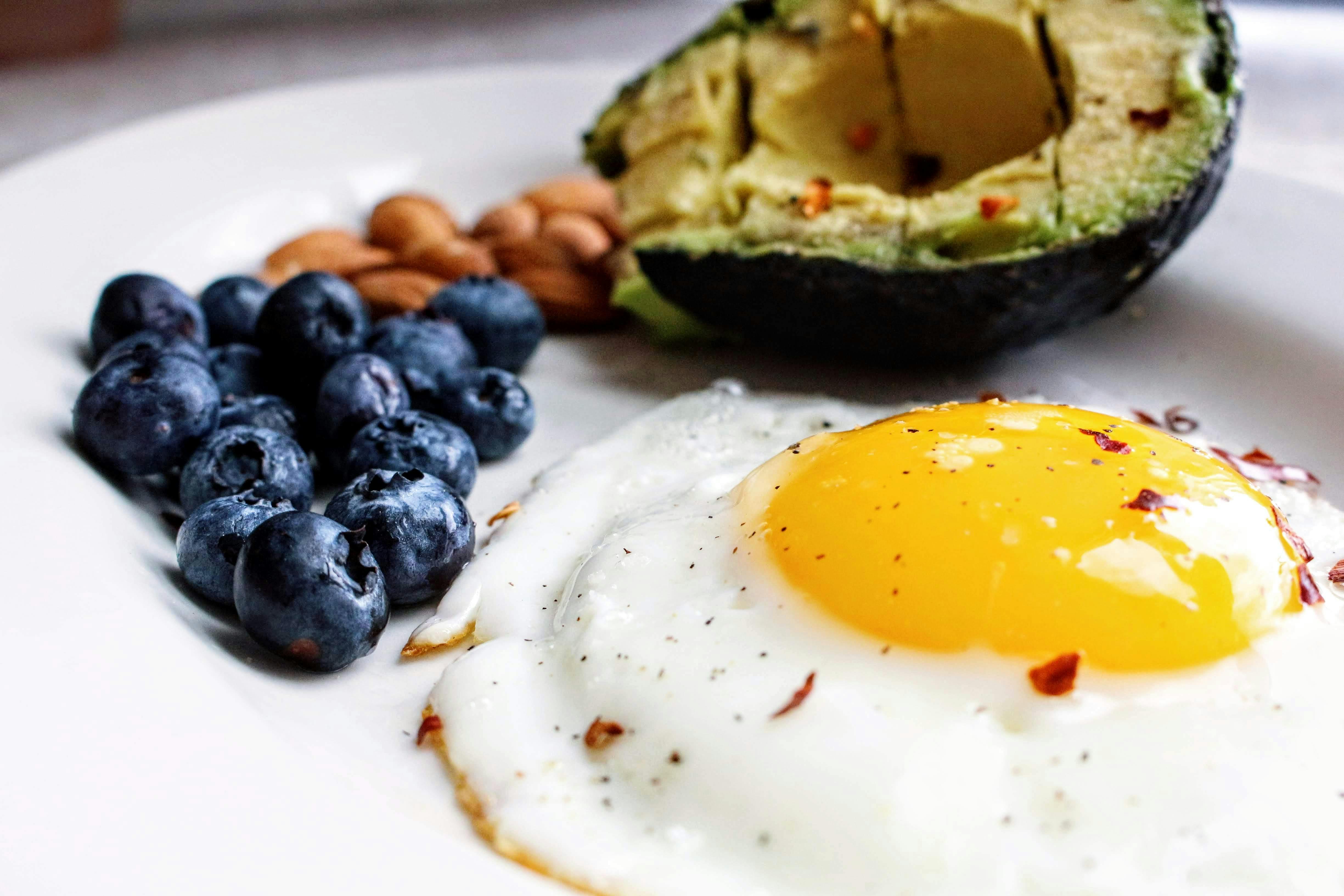Transitioning to Low-Carb Eating: A Step-by-Step Weekly Plan
Shifting to low-carb eating becomes more manageable with a clear weekly plan that breaks changes into achievable steps. This short overview previews how to adjust macros, build a mealprep routine, shop smarter at the grocery, plan budget-friendly options, and support workouts and snacks.

A gradual weekly approach helps you move toward low-carb eating without abrupt changes. Begin by mapping current meals and pinpointing high-carb items to replace, then schedule simple swaps and mealprep sessions so choices feel routine rather than restrictive. Over several weeks you can refine macros, test recipes, and balance protein and fat to suit workouts and daily energy needs while keeping grocery and budget realities in mind.
This article is for informational purposes only and should not be considered medical advice. Please consult a qualified healthcare professional for personalized guidance and treatment.
lowcarb: What changes first?
Start by identifying where most carbs come from in your current eating pattern: breads, pasta, sugary drinks, and packaged snacks. In week one, reduce those obvious sources and replace them with vegetables, whole-food proteins, and healthy fats. Focus on swapping rather than eliminating: choose cauliflower rice instead of white rice, a leafy salad instead of a starchy side, or nuts instead of chips for snacks. Small substitutions let you adapt taste preferences and digestion while keeping energy stable.
mealprep: Weekly planning and grocery list
Use a simple mealprep routine to avoid last-minute carb-heavy choices. Plan three core meals for the week plus two snack options. Create a grocery list centered on proteins (chicken, fish, tofu), lowcarb vegetables, eggs, nuts, and fats like olive oil and avocado. Batch-cook proteins and vegetables on one or two days to speed weekday meal assembly. Label containers with portions to help with portion control and to align with your macros goals.
macros: Tracking protein and fat balance
Understanding macros helps you meet hunger and recovery needs. A typical lowcarb pattern increases protein and fat while cutting carbohydrate grams; aim to prioritize protein at each meal to support muscle and satiety. Use a tracking app briefly as you transition to learn how many grams of protein, fat, and carbs you consume. After a couple of weeks you can rely more on plate composition: half non-starchy vegetables, one-quarter protein, one-quarter fat-rich foods.
ketosis: How to recognize and support it
If your goal is nutritional ketosis, the timeline depends on carb restriction, activity, and individual metabolism. Common signs of early ketosis include reduced hunger, steadier energy, and changes in breath or urine markers if you test. Support this state by maintaining lower net carbs, staying hydrated, and getting enough electrolytes (sodium, potassium, magnesium). If you’re new to keto-focused eating, prioritize gradual reductions to observe how workouts and daily function respond.
grocery: Shopping tips, recipes, and vegetarian swaps
A grocery strategy saves time and money. Opt for seasonal vegetables, whole cuts of meat, eggs, canned fish, and pantry staples like nuts and seeds. Simple recipes—sheet-pan salmon with asparagus, egg frittatas, or stir-fried tofu with greens—make repetition enjoyable. For vegetarian lowcarb options, focus on eggs, dairy where tolerated, tempeh, tofu, and higher-fat nuts and seeds to meet protein and fat needs. Keep easy snacks like cheese sticks or hard-boiled eggs on hand to avoid impulse carb choices.
Here are real-world cost and provider options to consider when comparing pre-made lowcarb or keto meal services and meal kits. Use these as a starting point to evaluate convenience versus grocery-based mealprep.
| Product/Service | Provider | Cost Estimation |
|---|---|---|
| Pre-made lowcarb meals (subscription) | Factor | $11–$15 per meal |
| Keto meal kits (delivered ingredients) | Green Chef | $9–$13 per serving |
| Fully prepared performance meals | Trifecta Nutrition | $10–$16 per meal |
| Meal kit with low-carb options | HelloFresh | $7–$11 per serving |
Prices, rates, or cost estimates mentioned in this article are based on the latest available information but may change over time. Independent research is advised before making financial decisions.
Cost insights: grocery-based lowcarb mealprep often ranges from lower-cost weekly budgets ($50–$90) for a single person who cooks from scratch to higher ranges ($100–$200) when choosing specialty ingredients or convenience services. Prepared meal subscriptions increase convenience and can cost more per meal but reduce time spent cooking and planning; compare per-serving costs and minimum order requirements when assessing value.
budget: Snacks, workouts, and maintaining consistency
Plan lowcarb snacks that support workouts and recovery: portable protein options like jerky, boiled eggs, or a nut-and-seed mix provide quick fuel. If you exercise intensively, consider timing a small carbohydrate source around workouts for performance, or align protein intake to support muscle repair. Track weekly spending on groceries and services for a month to see where you can optimize. Simple swaps and batch-cooking often reduce per-meal costs without sacrificing nutrition.
Transitioning to low-carb eating is an incremental process: reduce refined carbs first, establish a mealprep rhythm, monitor macros, and use cost comparisons to choose the right balance of convenience and value. Over several weeks you can refine recipes, find reliable local services or deliveries in your area if useful, and adapt the plan to vegetarian preferences or workout demands. The goal is a sustainable pattern that supports your health and daily life without undue complexity.




